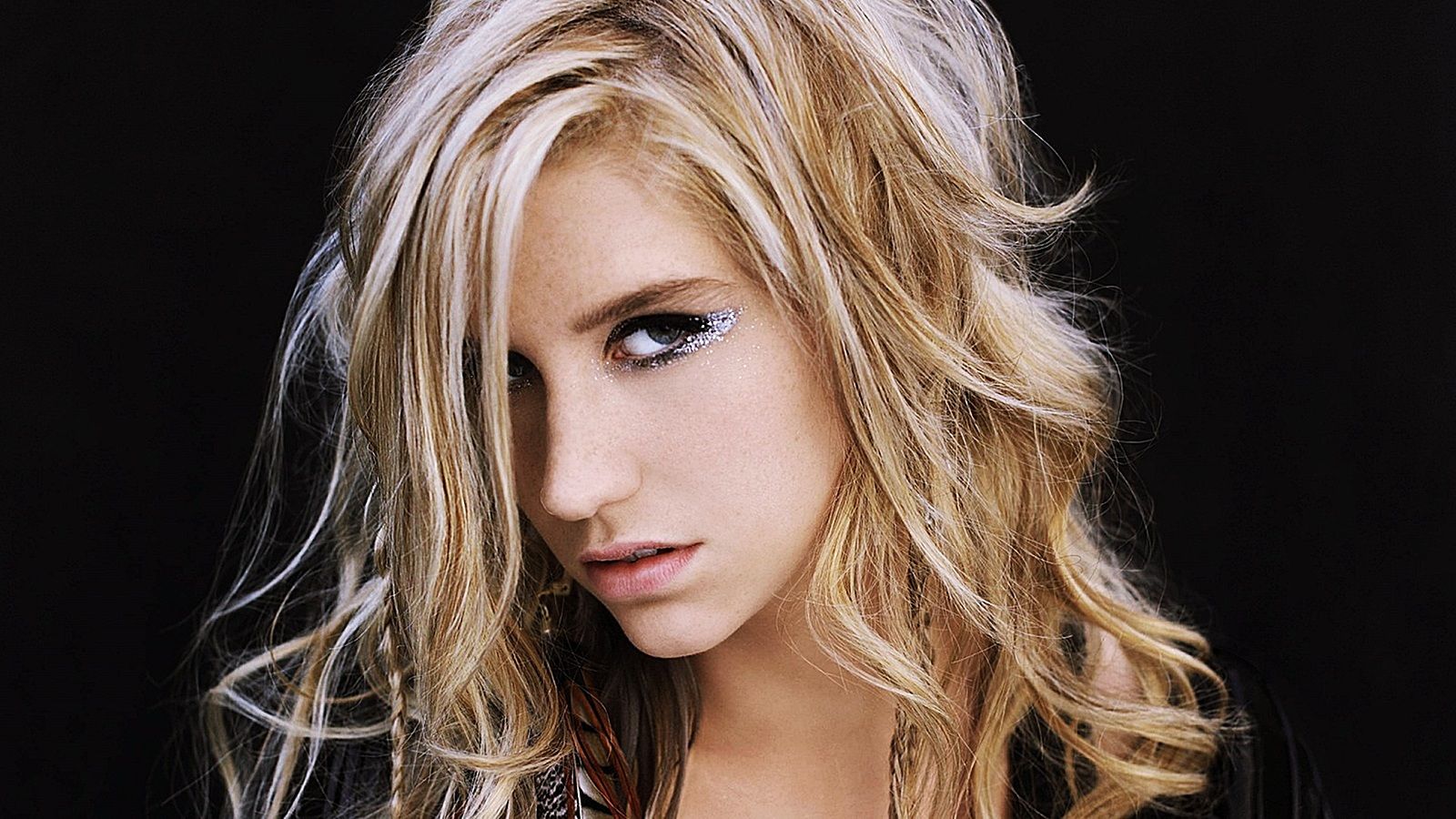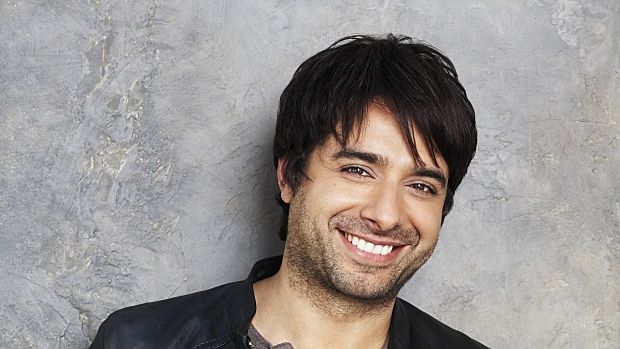When The Truth Starts Trending
Eloise Callister-Baker on the brave new world sexual abuse survivors face online
Content Warning: The piece below discusses instances of sexual assault and rape, and the contextual issues involved in coming forward about either.
Joining Twitter in 2009 was like walking into a room filled with people ten years older than me, most of whom uncritically fetishised every tech development going and feverishly live-tweeted political debates. Not much was keeping me from staying. But one interaction eventually changed my relationship with it. Desperately, I sent a tweet to Grizzly Bear, an international band touring New Zealand at the time, telling them that I couldn’t afford to go to their Wellington show. It was a long shot, but in a display of generosity they gave me two tickets.
Since then, I felt that Twitter had an unexplainable power. In an instant it can connect anyone to politicians, celebrities and world experts. What was initially the fannish excitement of engaging with a celebrity on an unexpected platform, unfurled into sombre amazement as I saw Twitter being used with a more critical eye, to hold to account those who may have been historically immune. It may have struck out any media middleman, but it still created an overwhelming pressure for the accused to respond.
This year, more than any before individuals (and their support networks) are wielding social media as a weapon against rape culture in order to name and shame their rapists and their abusers. Instead of being buried, devastating confessionals are being shared, amplified and multiplied. For observers, it has often meant unpleasant reckonings and deep reflection on their own beliefs and responsibilities.
For me, it came when I was in the midst of interviews for a pretty humble profile piece on a local space. My approach to the story was simple and celebratory, until my friend linked me to a tweet that sent me into several days of uncertainty. The author of the tweet had directly named the person who was a main subject in the piece as someone who had committed sexual assault against her. A member of my community had experienced something of indescribable pain and hurt. Irrespective of the other people involved with the space (who, I should note, had not been accused of anything), I suddenly felt deeply conflicted about the story I was writing.
Instead of being buried, devastating confessionals are being shared, amplified and multiplied
It seemed like a throwback to the abusive artist problem: can coverage of what a person does or createsever be severed from who they are, or are the two inextricably connected by the creator’s deeds? It is a question that’s lingered over Woody Allen and Roman Polanski and their films, Bill Cosby and his comedy and commentary, John Lennon and his music, or Charles Dickens and his books (Miriam Margoyles and Sonia Fraser’s recent Dickens’ Women has shone an unflattering light on how the man’s treatment of women went well beyond the chauvinism of the time).
I asked myself: was the accused removed enough from the main topic of the piece to quietly amputate him from it? Was continuing the piece as it had read, with its jubilant tone, impliedly supporting an abuser or rapist by supporting the achievements he had a hand in? Should I personally cut ties with this man? And, from the part of me that has gone through five years of law school, I wondered if I should place myself in the position of a judge of both the accuser and accused. If so, should I fall back on what feels like an entrenched if cheerless maxim in 2016: innocent until proven guilty?
*
Cases like those against Allen, Polanski, and Cosby involved pre-internet survivors who were only able to bring their abusers to accountability decades after the fact. Now, the revelations are happening faster, and they’re happening near you – both geographically, and in the general ‘scene’ you inhabit or recently inhabited.
There have already been two high-profile trials by Twitter this year, where many users (and in the absence of a reliable Twitter survey, I suspect most) have sided with the survivor. Amber Coffman from the indie band Dirty Projectors named and shamed music publicist Heathcliff Berru for sexual assault. Following her tweets, her label, Domino Records, and other bands like Wavves, Speedy Ortiz, and DIIV cut ties with the publicist.
More recently, celebrities and social commentators on Twitter severely criticised the ruling against Kesha’s request for a preliminary injunction that would end her contract with Kemosabe Records and Dr Luke (Lukasz Gottwald), who had sexually abused Kesha. Though Kemosabe’s parent label, Sony, threw their money behind trying to keep the star locked into her contract, new reports indicate they’re likely to quietly drop Gottwald from his own deal a year early.
But it’s easy to separate ourselves from these stories. Virtually none of us know the protagonists personally, and a huge groundswell like the ones for Coffman and Kesha is hard to create outside the right circles, where a wealth of influential writers and commentators can guide our decision-making .
When it’s closer to home, the same suspicion casts a shadow over the victim every time. And indeed, many of us will immediately worry about the accused’s reputation – we ask ourselves how can we really know what happened? How can we really trust these women? Some of us find out that one incident took place in a bar, and that the victim was drinking, and so we think “it’s just what happens.”
This isn’t some sort of dismissive anecdote in the comments section under a news story, though it’s easier to think those are the people who minimise rape and not our people. I have heard people, even people in my wider circle, justify sexual assault by referring to the outfit the victim was wearing; emphasising that the person went out alone; or claiming that just like leaving a house unlocked increases the risk of burglary, bad personal choices can contribute to whether you are sexually assaulted or not. Aloud or just rationalised internally, we form all these narratives about the victim until we isolate them, and can move on with our lives. It is so much easier this way.
This isn’t some sort of dismissive anecdote in the comments section under a news story, though it’s easier to think those are the people who minimise rape and not our people
In one of these situations, only a minority of voices (and though they seem like they’ve been amplified, they’re still a minority) will actually ask what a person really has to gain when they call someone out. Or ask what they could do for them. Or ask why they would subject themselves to even more abuse unless they really wanted people to know, to be warned, to stop it happening again. But these voices seem like whispers, blown away by vitriolic gusts.
Rape culture normalises and naturalises sexual assault. It doesn’t just encompass “those who believe rape is acceptable”. It’s far more insidious, which is why it can be so difficult to understand, and why people who are accused of participating in it get so defensive. Sexual assault is condemned in the abstract, and minimised in the concrete. Part of it focuses on the victim’s other attributes – like issues in the past or present that might make them unreliable, that might account for their motive – rather than criticising the rapist’s behaviour. Very quickly (after firing off their own self-victimising tweets and public statements that deny their behaviour, or a few defamation notices in the right directions) the rapist becomes invisible.
If the concept of rape culture is hard to grasp (particularly where the rape culture setting is contested), the statistics slice through the ambiguity. Rapists are visible in their statistical trace, if not the follow-through of prosecution – and the rate of sexual violence in New Zealand is appalling. In 2011, a United Nations report ranked New Zealand the worst for domestic sexual violence out of the twelve OECD countries that responded to the question.
In 2011, a United Nations report ranked New Zealand the worst for domestic sexual violence out of the twelve OECD countries that responded to the question
According to cited statistics on Rape Prevention Education’s website, one in five women will experience sexual assault; the likelihood of sexual violence is nearly twice as high for Māori women than the general population; and approximately 90% of sexual violence is committed by someone known to the survivor.
Against these statistics, it’s almost unfathomable that more and more people we are close with, or acquainted with, or we “follow” online, are finding the strength within themselves, and turning to Twitter to call abusers out. In the past year, New Zealanders I follow have named and shamed employees and volunteers at a radio station, a venue owner, and a man who runs a music website. Each of these men are part of the New Zealand music industry - more specifically, the indie music scene, where the Jian Ghomeshi narrative (famous music personality lauded for his progressive, inclusive politics whose facade is shattered following numerous accusations of violence and sexual assault) is repeatedly played out.
Critics of those who have described their experiences often solemnly intone that such serious allegations should only be made to the police. And indeed, only an estimated 9% of incidents are ever reported to police. But of these reported cases, only 13% result in conviction, statistics on Rape Prevention Education show.
New Zealand’s legal system recognises only limited forms of sexual assault as serious and legitimate, which affects the decision to prosecute where the behaviour turns on disputed matters of consent, or several-year-old accounts. This, and the high evidential threshold consistently fail survivors – just look at what happened with Roast Busters.
“It doesn’t matter whether or not the police are compassionate and sympathetic,” says Dr Rebecca Stringer, a lecturer in feminist theory and critical victimology at the University of Otago. “If you don’t meet the threshold, there is no case.” So, in what Stringer describes as a form of “wild justice” (in contrast to institutionalised justice), partly to express their “dissatisfaction with the justice system,” survivors turn to social media.
Dr Farleigh Gilmour, who has recently joined the Sociology, Gender, and Social Work staff at Otago, thinks that survivors do this not just because of the inadequacy of the criminal justice system, but also because the “mainstream media tells stories of sexual violence in a problematic way, often referring to it as sex (rather than rape or assault) or blaming the victim.”
Social media, on the other hand, can be used as a space “where people can develop alternative narratives within a counter public of supportive people.” Online, survivors can contest the dominant and problematic framing.
The survivors who I’ve followed on Twitter have each been groomed, emotionally abused, sexually harassed, and/or raped. Their peace, dignity and identity has been disturbed in fundamental ways, and so they go online in a way to collectivise what’s mostly been a solitary experience for most survivors. They do not want to be alone. They want everyone in their communities to share their pain with them. They want anyone who wants to share their story to know that they can. But still, we draw blanks when we want to take a more active step beyond being aware of what’s been uttered.
When we first see these tweets or posts, Stringer says, we have a “cultural reflex” that makes us concerned for the harm done to the accused by the calling out, and “we look upon the accusing women as harming him.” Women who turn to the online method are not granting our, sometimes unconscious, wish that they just silently absorb that harm ”in order to restore the peace.”
Stringer warns that we need to be really cautious here: if you want to protect the accused, and criticise the accuser, then challenge this reaction in yourself and in others. Understanding a situation for what it is takes a lot more effort when you have been imprinted with a predetermined rape culture script, or an ideology. “I tend to believe women because I can’t see many benefits about lying about this sort of thing,” says Gilmour. “We have to acknowledge [that] historically women haven’t been believed when they’ve talked about harassment [or] sexual violence.”
If you are orientated to respecting the person who has called this out and you are concerned about them, it’s hard to know how best to express your loyalty...how best to express your concern
“If you are orientated to respecting the person who has called this out and you are concerned about them, it’s hard to know how best to express your loyalty...how best to express your concern,” says Stringer. In online messages by one survivor, the person asked others to stop sharing links that promoted the abuser’s website, and to pass their story, and that request onto others in their community. Well known musicians and other members of the public tweeted their support for the victims and renounced their future ties with the website. Talking with others about how to act is both a way of informing others and working out how to take action.
Stringer chaired a panel and served as a panelist at the Trans/forming Feminisms conference, held at the University of Otago in November last year with speakers from around New Zealand and Australia. In its quest for support and solvency, it faced this exact same problem. It was offered sponsorship by an student media organisation, and had the opportunity to use a venue off-campus for their evening events. However, those involved with the conference were told that men affiliated with both the organisation and the venue had committed rape or sexual assault. Neither the organisation nor the venue actively addressed this, even though it had been made known to their employees and employer.
Trans/forming Feminisms were faced with a difficult decision. Those who were part of the conference discussed it collectively and as openly as possible. Ultimately, they decided to deny the sponsorship and not use the venue. However, several individual attendees of the conference said they would continue to be involved with the venue and the institution, believing that not doing so would remove even more marginalised voices from both.
And what about my article? It took a lot of discussion to work out how I was going to react. I immediately contacted my editor, told him I was uncomfortable and that I wanted to change the piece. He asked if the survivor had contacted the police, because this affected how we could report it if I wanted to entirely change the piece to include her experience. Without an “official” complaint, an in-house lawyer and I would both need to interview her because of the risk of a defamation suit against the publication.
Without an “official” complaint, an in-house lawyer and I would both need to interview her because of the risk of a defamation suit against the publication
My editor suggested that another journalist could contact the survivor to ask, but I felt it was more honest if I did, even though I worried about how she would feel about it. She hadn’t told the police (justifiably, the question itself was upsetting); she had no trust in the justice system.
A tight deadline and multiple participants in the story meant I did not have long to work everything out. I talked others in my community (and the space’s) who knew about the situation, to understand how they had decided to react and how they had been affected. I then decided to continue with the piece, but didn’t use interview material from the accused. A different interviewee had covered the same topics just as well and, with a redraft, he didn’t need to be central to the story’s narrative.
I also made sure to outline the social flaws with the space, although my editor removed these from in the final draft because I hadn’t asked my interviewees for their comments on these. Still, for many survivors, the inability to take meaningful action against their attacker is a form of erasure – a little erasure in return seemed the least that could be done.
Gilmour thinks people should use their power to boycott, and to effect change where possible. However, she also thinks it is a too simplistic connection to say those who know that an abusive person or rapist is involved with a venue or radio station are supporting this behaviour if they continue to play at the venue or volunteer at the station.
Although hearing these stories out and doing them justice is necessarily an imperfect process, survivors’ power and the support of their communities, is changing; it is growing bigger, while becoming more localised, thriving offline even as all the attention is focused online. At a local level, until several weekends ago, I had never seen rapists identified as such then removed from a party by both men and women. Until a month ago, I would have never seen pamphlets at a popular bar providing advice on what to do if I feel threatened. Before, it may have seemed like it was unnecessarily bringing the mood down.
Not everyone has access to social media, and most of those survivors who do – for their own, legitimate reasons – will not call out their abusers or rapists. But the communities that are there for them are growing, alternative narratives are forming, and more people than ever are engaging in these crucial conversations. This unsilencing is lasting. What comes from it will be a recognition of real pain, not pain decided by a court. It will increasingly become something perpetrators – and the public – need to address rather than deny.
Update: Read The Spinoff's investigation into Cheese on Toast's Andrew Tidball.



